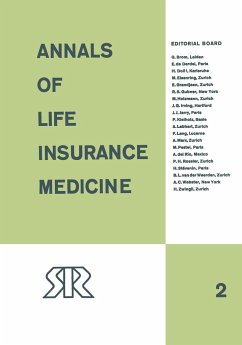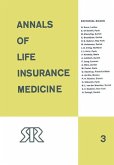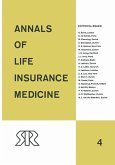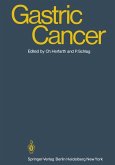One thousand unselected patients with bronchial asthma have been followed up for an average period of 11 years, with extremes of 33 years and three years. The average period from the first symptoms to the date of follow-up was 20.6 years in the 562 males and 22.3 years in the 438 females, with extremes of 72 years and three years. Since throughout the analysis no differences were found between the sexes, they have been grouped together. Terms used, such as asthma, chronic bronchitis, childhood bronchitis, age of onset, etc., have been carefully defined, as have the descriptions of intermittent and continuous asthma. The present state of the patients has been classified as A (good), B (fair), C (poor), and D (dead). Early age of onset (before 16) and intermittent asthma were associated and had a more favourable prognosis, while the childhood bronchitic had a better outlook than the adult bronchitic. Intermittent and continuous asthma have been compared. The incidence of bronchitisinitially was higher in the continuous group, and the tendency to develop bronchitis over the years (present in all asthmatics) was also greater in the continuous group. Those with bronchitis were in much poorer health on follow-up than those without.








